By Jeff Oster, UC Master Gardener of Butte County, October 19, 2018
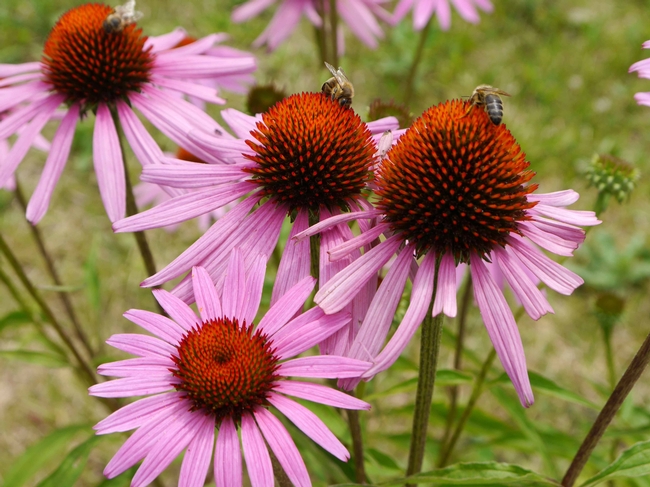
Echinacea is a tough perennial with brownish orange dome-shaped centers. E. purpurea (purple coneflower) can reach four or more feet in height and form a dense clump two feet wide. The four-inch flowers have purple ray flowers (petals) that droop downward. Situated in sun or part shade, these plants have a long blooming period, from June through August. They require well-drained soil and moderate to regular watering. Coneflowers require little in the way of maintenance other than dividing when they become overcrowded (about every four years). When dividing and re-planting, make sure each division has a shoot and roots. Coneflowers are self-seeders, and will multiply if happy. They attract bees, birds and butterflies; if the flowers are left on the plants, their bristly seed heads provide birds with food during the winter. Deer will eat the young plants but generally avoid mature ones. Coneflowers make good cut flowers and can be dried and preserved.
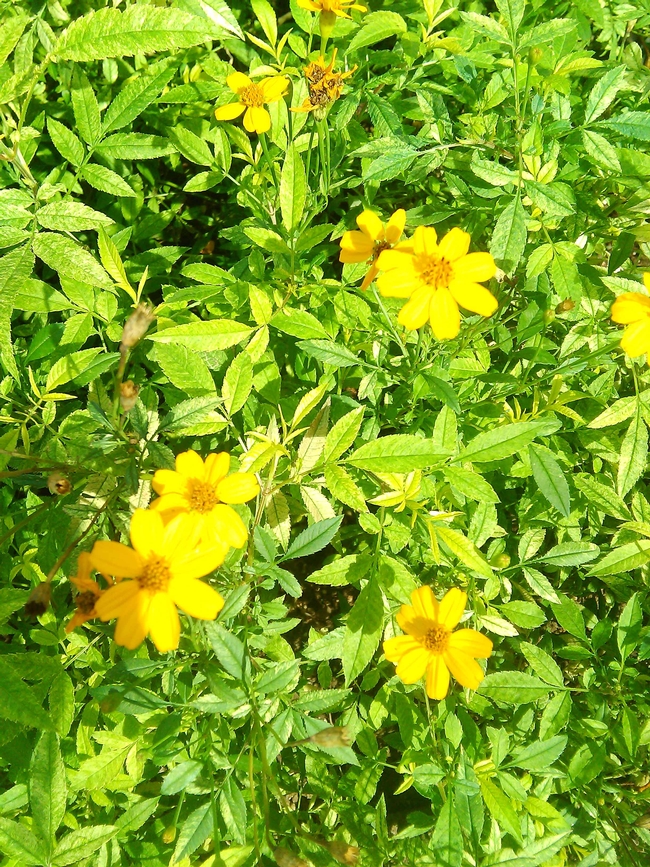
The edible flowers of Mexican marigold can be added to salads; the narrow, dark-green leaves have a strong scent and can be used as a substitute for tarragon; and the dried leaves and flower heads can be used to brew a pleasant anise-flavored tea. This plant attracts butterflies, bees, and birds to the garden, and is generally not bothered by pests.
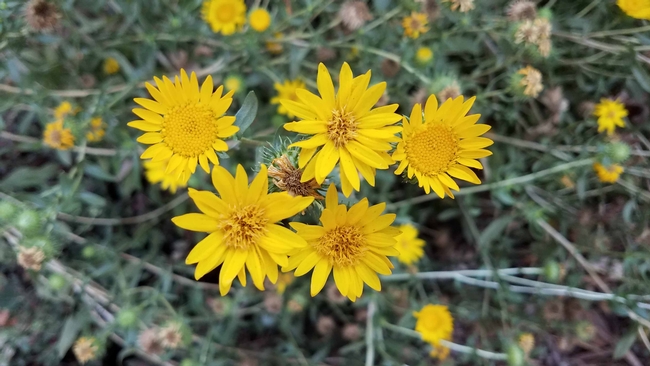
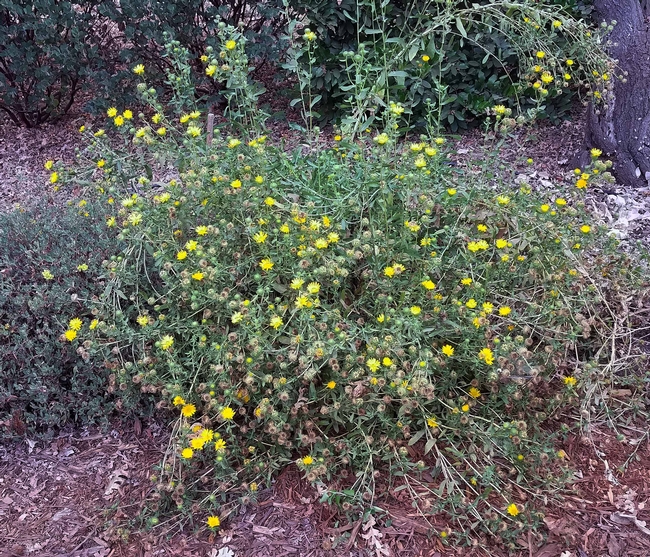
Apply one inch of water every week during spring and summer to the base of the plant. Pinch one inch from stem tips to promote bushy growth and flower production throughout the season. Stake tall plants to keep the clump upright. Cut back after flowering. Propagate from rhizomes or seeds. The flowers of Helianthus maximiliani can be cut to bring inside; they also dry well. Young growth on these plants is attractive to slugs, but rabbits and deer steer clear. Native Americans traditionally utilized these plants for food, dye, oil, thread, and to repel mosquitoes. Butterflies and bees gather the pollen and songbirds love the abundant seeds.
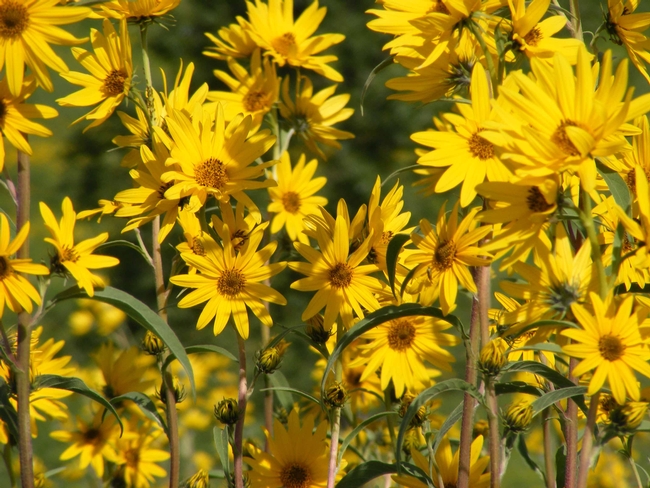
The UC Master Gardeners of Butte County are holding a Plant Sale on October 27 at their Demonstration Garden at Patrick Ranch (10381 Midway, Durham). All plants have been propagated by UC Master Gardeners of Butte County and selected to thrive in our climate. Check or cash only—no credit cards. For more information on the Plant Sale, including Workshops beginning that day at 9 am and a list of plants for sale, go to https://ucanr.edu/sites/bcmg/sale/
HOTLINE – Questions? Plant problems? Pest Issues? Contact the UC Master Gardeners of Butte County by phoning our Hotline (530-538-7201), or visit our web page at: http://ucanr.edu/sites/bcmg/